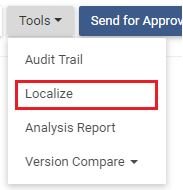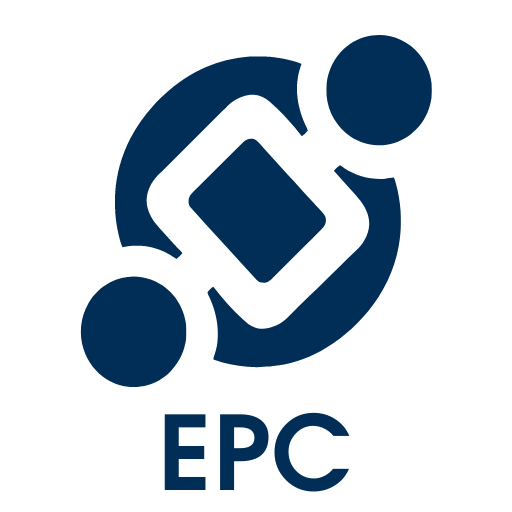Localization refers to the practice of adjusting a process’ properties and characteristics to accommodate differences in location, product or service. The EPC allows users to create local copies of a process, and designate those copies by location or product and service.
Why is localization useful?
Many companies have operations around the globe. When mapping a process, modelers might encounter a different process flow that is caused by location, or even by product & location. Take a manufacturing process for a particular product as an example. Customers in one country may not have the same tastes as a customer in another country. The manufacturing process might then be different from country to country to accommodate for this difference in taste. However, the manufacturing process for that product remains largely the same.
Localization in the context in EPC is useful because it allows the user to create local copies and then tweak them, instead of having to re-map that manufacturing process for each country. Localization is useful when processes are similar, but have slight differences caused by various factors: political, legal, geographical, social, etc. The localized copy also retains its relationship with the source process (the process from which it was derived from), making management easier across location or product and service.
Creating a localized copy of a process and their sub process(es)
To create a localized copy of a process, navigate to the process of your choice.
1. In the Graph of Details view of the process, click on the 
2. Select “Localize”

3. The creation prompt will appear. Use the Location and Product or Service drop downs to select localization values

4. When you have selected the localization values, click “Create”
5. You will be re-directed to the newly created localized process
There is two different scenarios that can happen while localizing a process with sub process(es)
1. Given that the parent process nor it children process were ever localized before, when a user localize the parent process to a location(e.g. CAN), then the parent and all its children of all levels will be localized for that location as well.
2. Given that a parent process was never localized to a location (e.g. CAN) and one of the parent’s sub process(es) was already localized to CAN, when the user localized the parent process to the same location, then it will create a shortcuts of the already localized sub process(es) in the parent’s parent localized version.
For more information on how to toggle between local versions of a process, click here
Tips & Tricks
Localized copies behave much like regular processes.
- Move: Users are able to move localized copies
- Shortcuts: Use shortcuts to refer to localized copies in other processes
- IPL: Users can link processes to localized processes
Lock
Need more help with this?
Visit the Support Portal


